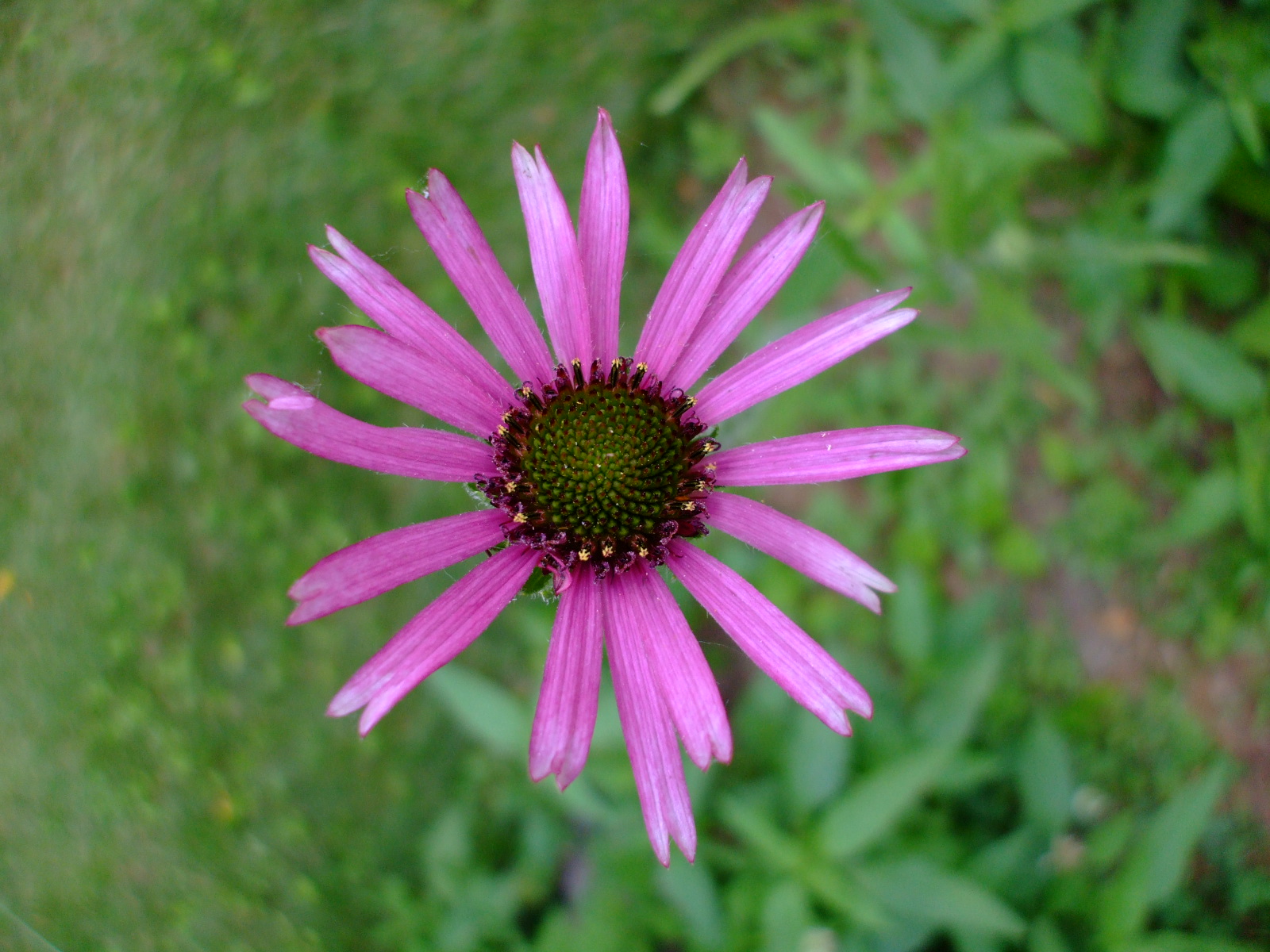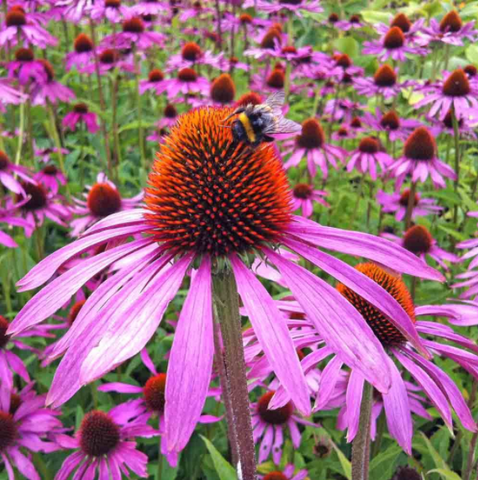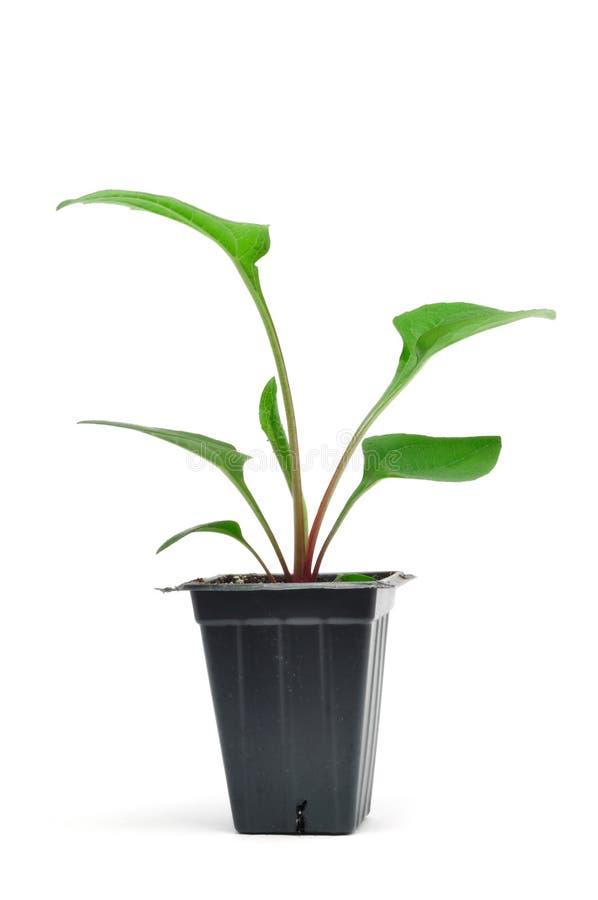
Early pioneers traveling west across the plains were quick to pick up on the healing properties of this species. The tribes used physical applications to treat wounds, burns, and insect bites chewed the roots to treat toothache and throat infections and ingested the plants to treat pain, coughs, stomach cramps, and snake bites. Both narrow-leaf coneflower, Echinacea angustifolia and purple coneflower, Echinacea purpurea were used as traditional medicines by Native Americans. If you have any questions, please call Customer Service toll-free at (800) 925-9387 or contact us by email.Echinacea or coneflower is a member of the daisy or sunflower family (Asteraceae) and native almost exclusively to the eastern and central United States. See our shipping information page for approximate ship dates and more detailed information. If your order requires more than one shipment and all items are shipping to the same address, there is no additional shipping charge. Perennial and spring-planted bulb orders will arrive separately from seeds. Perennials and spring-planted bulbs are shipped at the proper planting time for your hardiness zone. Please open upon receipt and follow the instructions included. All perennials and spring-planted bulbs are packaged to withstand shipping and are fully-guaranteed. The ‘Plant Information’ section describes how that item will ship. Some perennials are shipped as potted plants, some as perennial roots packed in peat.

You will receive a second email the day your order ships telling you how it has been sent.
PURPLE CONEFLOWER SEEDLING IDENTIFICATION DOWNLOAD
View more Planting Guides, or download our complete Planting Guide for tips on caring for your plants when you receive your order, as well as planting instructions for Perennials, Spring-Planted Bulbs, Fall-Planted Bulbs, Cacti & Succulents, Xeric Plants and more.Īs soon as your order is placed you will receive a confirmation email. More in-depth guidance for growing and maintaining Echinacea plants: Purple Coneflowers: Native Grace and Beauty in the Garden and Echinacea: Rocky Top Hybrids, Echinacea - Perennial of the Year.

Spring Care: Cut back the dry stalks to the crowns of the plant in early spring. You can cut back seed heads in the fall, where you don't wish the plant to reseed. Plant it in a wide, shallow depression and mulch amply or place right up against the north side of a low, wide rock, tilted to shed water on the Echinacea's side.įall Care: You can leave the dried seed heads for winter, as they provide food for birds. 'Rocky Top Hybrid' echinacea, while xeric, appreciates extra moisture provided by some easily accomplished water harvesting techniques.

Species and cultivars raised from seed will often reseed themselves to continue their presence in our gardens. Healthy individual coneflowers will grow in the garden for 3 to 5 years. and are most commonly found growing in prairie habitats.Įchinacea thrive in our gardens when provided with well drained soils, plenty of sunshine and moderate to dry moisture conditions depending on the species and cultivars. They are native to the eastern half of the U.S. This genus is invaluable for the mid- to late-summer garden, bringing color into our plantings when many spring bloomers have gone green for the season. Tips For Growing Echinacea (Purple Coneflower)


 0 kommentar(er)
0 kommentar(er)
